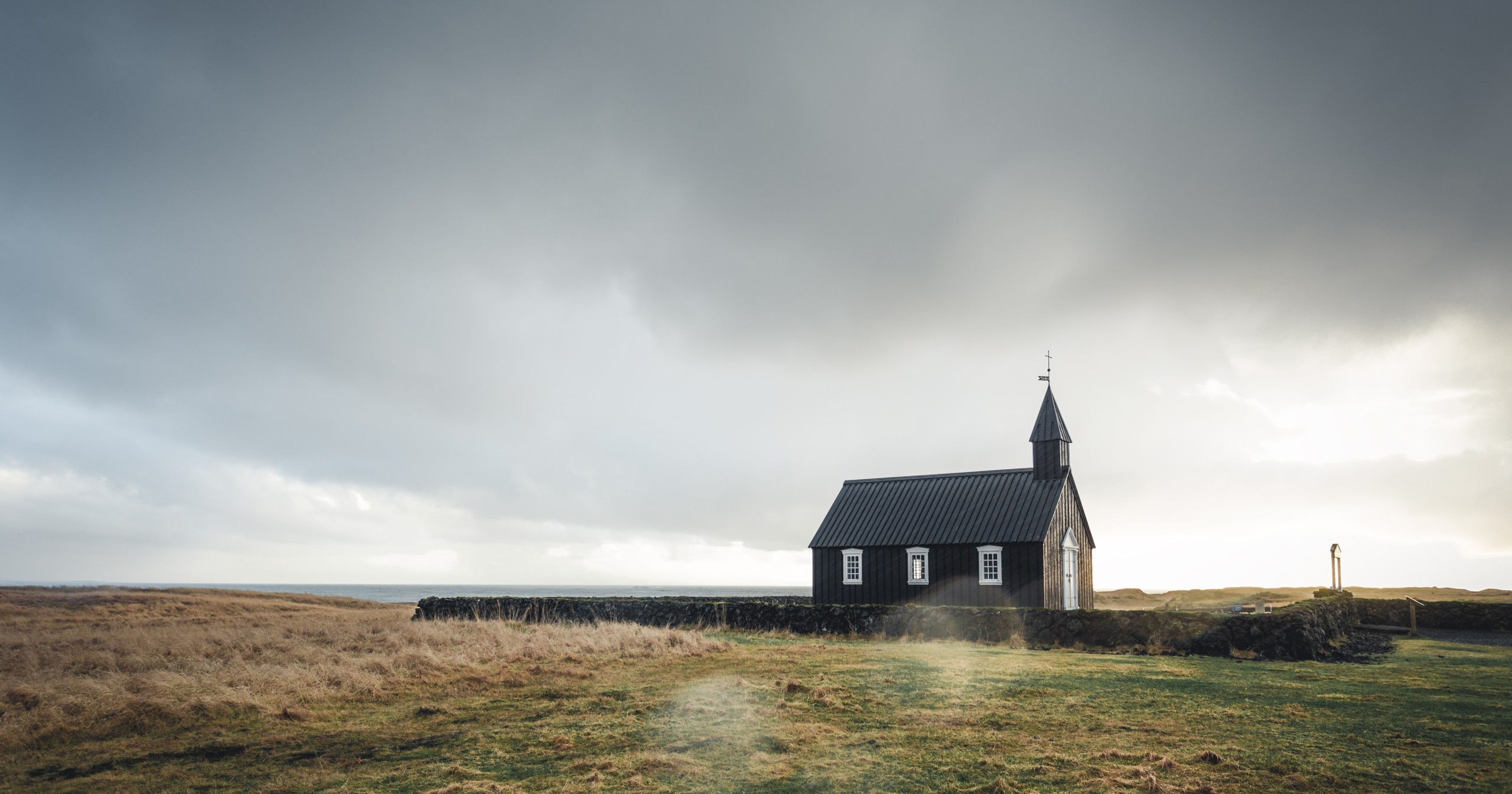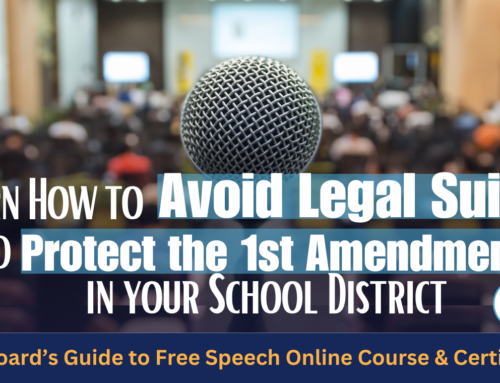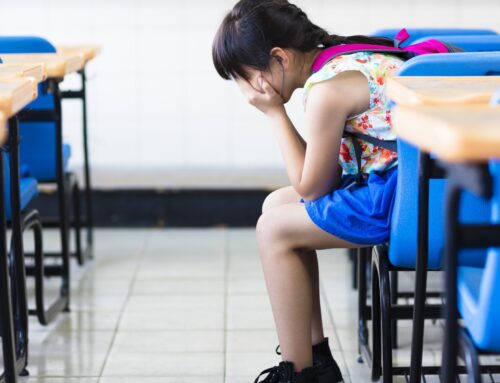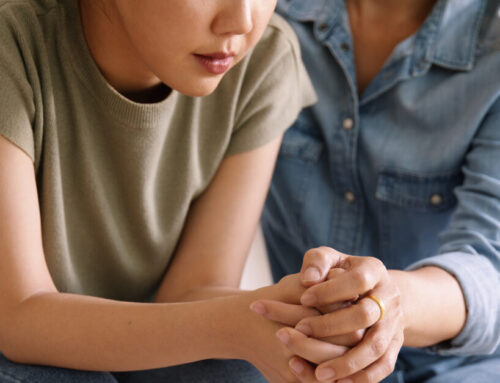
Separation of church and state.
Mention that phrase on any Facebook comment thread, turn on any news network, whisper “put God back in schools” in the grocery store aisle—and whoosh! Swarms of liberal and conservative political die-hards will descend, armed with their interpretations.
But what does separation of church and state really mean?
Popular culture equates this “wall of separation” with absolute neutrality. But in education, no one seems to agree on what religious neutrality should look like—in practice—in our schools. Teachers and students find themselves caught in the shifting tides of political and cultural movements.
While opposing forces push for their own versions of neutrality, deeper questions are at play. What is religion anyway? Is religious neutrality attainable? Is the landscape of neutrality changing in our schools?
And finally—why are schools starting to act more like churches than places of learning?
Is Neutrality Possible?
Religion is a system of faith. Kenyon Knapp, dean of the School of Behavioral Sciences at Liberty University puts it this way, “Faith is that you believe in something and morality is the way you live it out.”
Because of this, some argue that neutrality is not actually attainable. For example, some educators believe “there is no absolute truth.” Yet they still believe something—ironically, that the previous sentence is absolutely true.
Despite this, we can still gauge the changing landscape of neutrality in our school systems.
It’s less about whether absolute neutrality is possible, and more about whether prevailing standards of neutrality are consistently upheld.
Standards Of Religious Neutrality In Education
When it comes to religious neutrality in our public schools, the requirements are clear.
For Teachers
The National Education Association breaks down teachers’ obligations in “Guidelines for Teaching About Religion.” They say that a teacher should present religious information in an academic, not devotional way. Their job is to inform students, not pressure them to conform.
In practice, these guidelines leave many nuances up to interpretation. As a teacher, when is it appropriate to answer a student’s sincere question about your personal beliefs? Are you allowed to display or wear any symbols of your faith?
To learn more about teachers’ rights to practice their faith in public education, read our article “Do Public School Teachers Have Religious Freedom?”
For Students
When it comes to students’ rights, the ACLU explains that these are much broader than those given to teachers.
They state, “In general, students may express their religious beliefs at any place and time that they are allowed to engage in any other kind of speech.” This includes things like praying before class or distributing religious literature.
Here’s how they sum it up: “A student has the right to exercise religion. A school may not exercise religion.”
Sounds fair, right? As long as schools adhere to it.
Schools Are Becoming Less Neutral
In recent days, we’ve seen many examples of schools doing two things: limiting the expression of religion and forcing conformity to particular belief systems.
Public schools are increasingly the battleground for moral and political movements. Some perceive these battles as infringing on religious freedom.
Neutrality or Forced Conformity?
A recent back-to-school message from the U.S. Department of Education (and other federal departments) to transgender students reflects this battle. Among other things, these government officials affirmed that they would continue fighting for the student’s right to use the bathroom of their choice.
This kind of message has huge implications for your local school, impacting more than just who shares a bathroom with whom. It includes a message to all students about who gets to decide the ultimate meaning of gender.
According to the DOE, DOJ, and DHH, they do.
Their ideological stance doesn’t stop with theory either. This approach to dictating truth has wiggled its way into local school districts. Students and teachers face enormous repercussions if they disagree with the Department of Education’s message.
For physical education teacher Tanner Cross in Loudon County, Virginia, that initially meant suspension when he wouldn’t use students’ preferred pronouns. Cross said, “I’m a teacher, but I serve God first and I will not affirm that a biological boy can be a girl, and vice versa, because it is against my religion.”
Are schools truly neutral when they force teachers to actively represent ideologies that contradict their religious beliefs? After all, forced conformity is not the same as being taught or teaching about other belief systems.
The Intersection Of Politics And Religion
Gender isn’t the only divisive topic in our schools today.
The advent of Critical Race Theory in classrooms has teachers quitting voluntarily. Laura Morris, a Loudon County 5th grade teacher, publicly resigned, believing she was being used to push “highly politicized agendas” on children.
“Within the last year, I was (told) in one of my so-called equity trainings that White, Christian, able-bodied females currently have the power in our schools and ‘this has to change,’” Morris said during a school board meeting.
And Morris isn’t the only one. Jennifer Tafuto, a public school teacher in Manchester, Connecticut resigned when she became uncomfortable with CRT in the curriculum. It made her feel “[m]ore like a political activist than a teacher in my own classroom.”
While CRT may sound like a purely political issue, many on the ground find that characterization inaccurate.
When a Texas school district designed and sought to implement an “anti-racist” “Cultural Competency Action Plan,” local citizens pushed back. Many in the district believed the plan was informed by Critical Race Theory distinctives. They believed it advocated “institutionalize(d) discrimination against white children and those with conservative Christian values.” Others thought it would force students to adopt “a liberal ideology.”
Are parents and teachers being overly suspicious with these allegations? Is Critical Race Theory hiding behind every tree as they seem to suspect?
According to the Heritage Foundation, “Critical Race Theorist Gloria Ladson-Billings, the professor credited by NPR with bringing CRT to education, has declared that it’s hard to find a social studies textbook that doesn’t include or promote these concepts.”
Ok, so maybe it’s not behind every tree. Just behind every textbook.
Want answers? Read more about Critical Race Theory on our blog.
Who Decides Truth?
With so many divisive topics distracting from academic pursuits, we’re left wondering who gets to decide what’s right and wrong. After all, the school has to teach something.
When schools teach that transgender students can use the bathroom of their choice, they are making a value judgment. They are saying, “It is right to believe that boys can be girls and girls can be boys. It is wrong to believe that gender is biologically determined.”
And if that’s not what they’re saying, why are those who believe otherwise pressured to conform? If it doesn’t actually matter what one believes about gender, then no one should have to abide by new bathroom policies and affirm a belief that contradicts their own.
The truth is, it does matter. Some claim people can be whatever gender they want. They say this is the objective and neutral viewpoint. Yet, they make the completely subjective value judgment that people who believe otherwise are wrong.
It’s one thing to teach about multiple viewpoints. It’s another to pressure people to conform. But it’s a whole new level of proselytization to pressure conformity while claiming neutrality.
Church Or School?
Parents and teachers are rightly concerned when students are caught in the crossfire of political and ideological issues.
With seismic shifts toward progressive liberal values being imposed in public schools, schools turn into churches for those value systems.
And as schools increasingly pressure students to live values that contradict their own (or those of their families), neutrality goes out the window. The question is, is it a school window, or stained glass?




